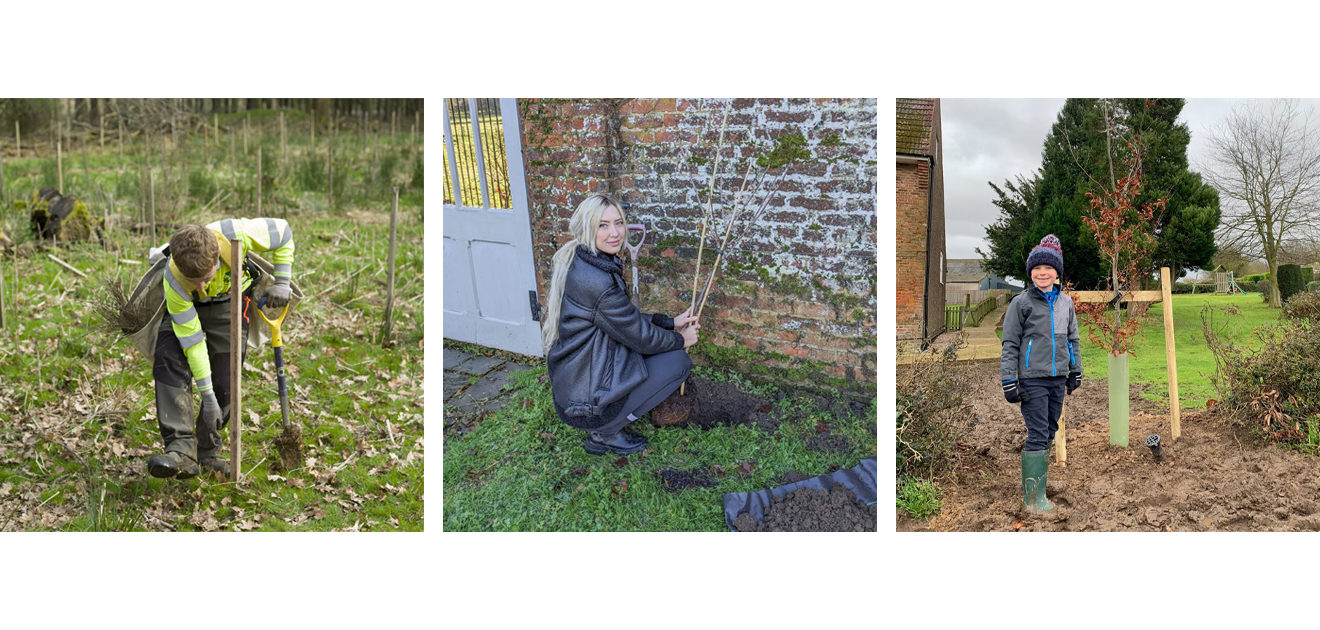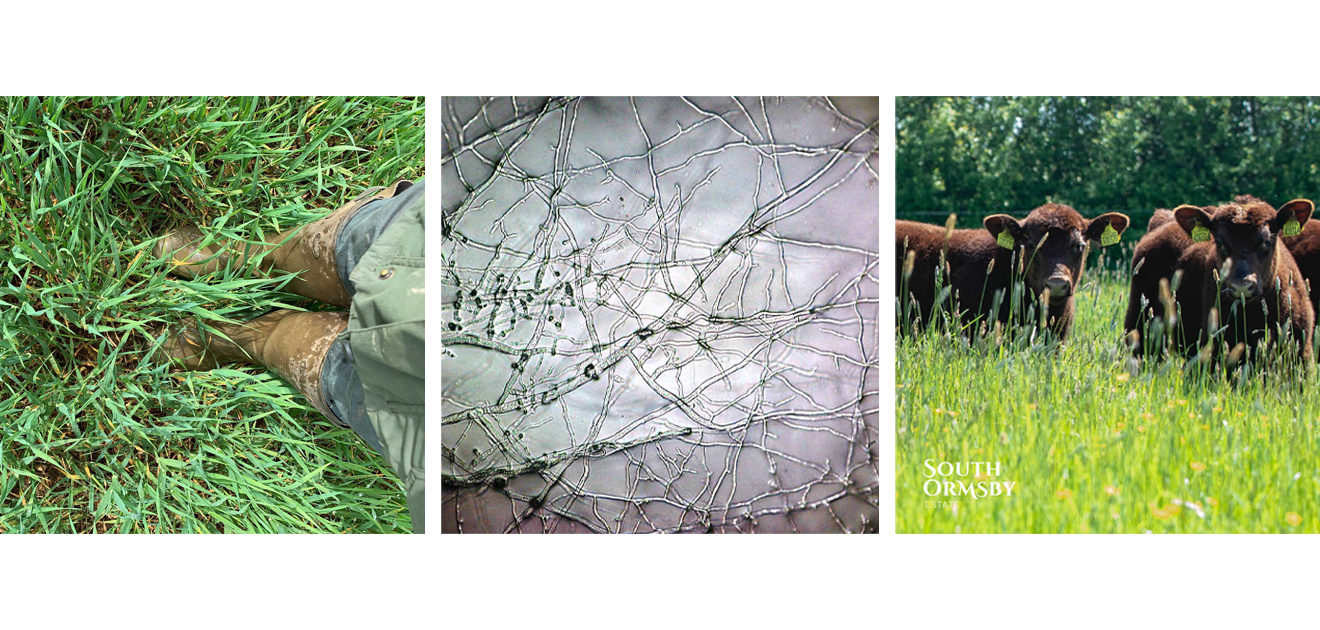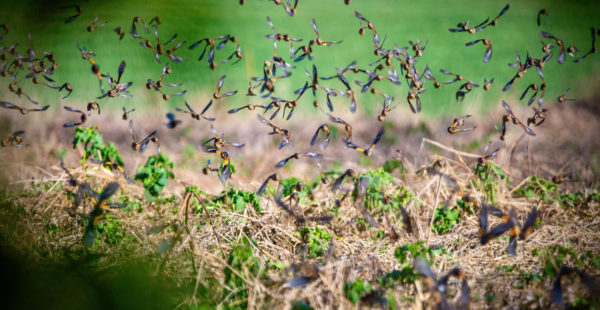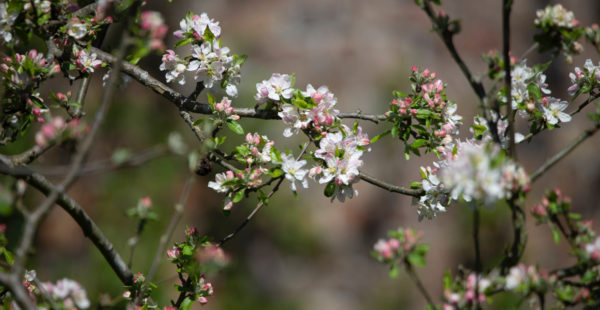A Week on the Estate: Tree Week, Soil Day & Rural Vision
It’s chilly out there, with daily highs of 3C and lows of -2C at the time of writing, but at least we’re getting a welcome bit of sunshine. The solstice is barely three weeks away and the dwindling days and lengthening nights tell us that winter is beginning in earnest. At our latitude on Friday 22nd December, the sun will rise at 0813 and set at 1543 and we’ll have exactly 7h29m41s of daylight.
We’re currently celebrating National Tree Week and looking forward to World Soil Day on 5th December. National Tree Week marks the start of tree-planting season and runs from 25th November to 3rd December. As well as celebrating the wonder of trees, the event encourages tree-lovers to come together and get planting. If you’re at a loose end this weekend and you’re comfy in a pair of wellies, click HERE to find planting sessions and tree giveaways across the East Midlands and nationally.
We know that trees define our landscape, build biodiversity and sequester carbon. Despite losing far too many trees to ash dieback in recent years, we’ve more than made up for the losses with new saplings. We’ve planted for variety and resilience with species including oak, larch, hornbeam, western red cedar, Norway spruce, alder, cherry, sweet chestnut, beech, sycamore and silver birch.
One of our more memorable planting sessions came courtesy of Andy Hope and his team from Hope Ground & Tree Care back in March 2020. They added an impressive 2,500 English oaks to our tree tally. At the time, Andy told us that 85% or more of newly planted hardwood saplings will survive to maturity. While disease, extreme weather and competition between trees always take a toll, research suggests that trees boost each other’s survival chances by sharing information and resources via their root systems and their magical mycelial symbiotes.
In its body, root system and fallen leaves, the English oak (Quercus robur) supports more life than any other native tree. The English oak takes a long time to mature, but when established offers greater carbon-absorbing mass and longevity than its neighbours. The Woodland Trust estimates that a mixed hectare of native trees can absorb 400 tonnes of carbon into the wood, roots and soil that make up its biomass.






